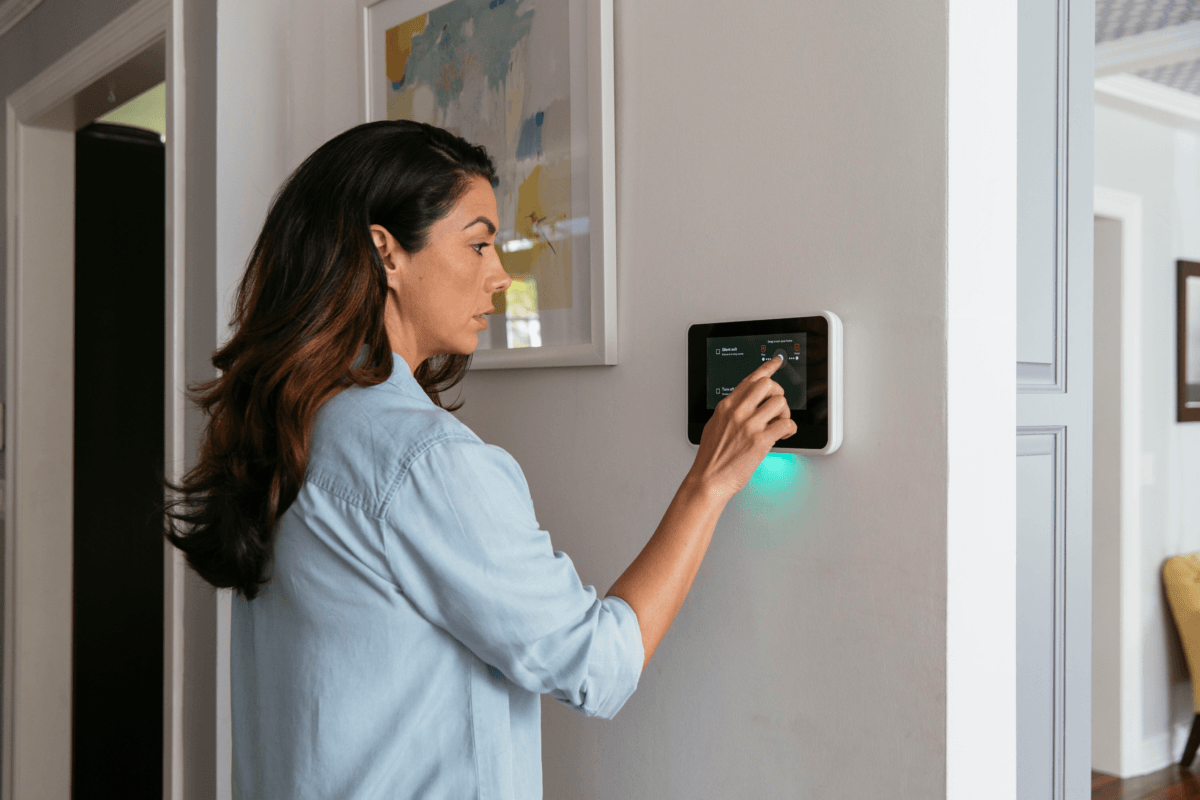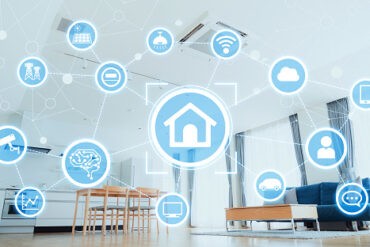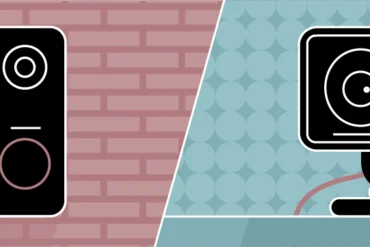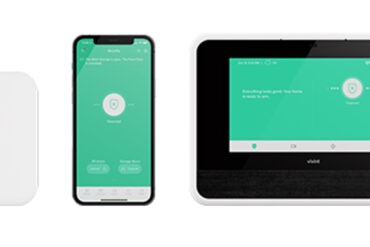How Do Alarm Systems Work?
The sound of an alarm can be scary. You may have alarms installed for several situations—fire, burglary, and flooding—but that certainly doesn’t mean you ever want to have to use them.
To help minimize the stress and confusion that can accompany an alarm going off, we’ll walk you through some common alarm scenarios and explain what happens, how Vivint handles the situation, and what you should do during the event to keep yourself and your loved ones safe.
Types of Monitoring
Vivint alarms monitor for several different events, including break-ins, fire, medical, panic, and duress. Since Vivint is also a monitoring company, we provide 24×7 monitoring of security-system-enabled homes to check on you and send help if needed. If you have connected devices, you may also have notifications sent to your smartphone.
Burglar Alarms
When most people think of alarm monitoring, they think of a burglar alarm that sounds when an intruder breaks in. Vivint offers advanced burglar alarm systems as well as motion sensors and door and window sensors that detect unauthorized entry.
If your security system detects someone entering your home, a countdown begins. Each alarm system has a code that must be entered on the control panel to disarm it. If this code isn’t entered before the countdown is up, the system alerts Vivint’s 24×7 security monitoring center.
When we’re alerted, one of our Vivint representatives will call to check on you. If the rep can’t reach you through the panel, they’ll try contacting you through your listed emergency phone numbers.
If we can contact you, we’ll ask for a verbal security password, different from your panel pin number. This code is required to cancel the alarm. Should the rep be unable to reach you via the panel or your emergency contacts, or they make contact and the correct password is not provided, they’ll dispatch the appropriate local authorities. They’ll also call all your emergency contacts so someone is notified of the alarm and dispatch.
Are security cameras part of your system set up? These devices will also record video and send it to your smartphone. In addition, they will store images for you to give to police to assist with any investigation.
If a perimeter or window sensor is triggered, there will be no countdown before the monitoring center is notified. In this case, a rep will call you immediately.
Fire Alarms
Smoke detectors trigger fire and carbon monoxide alarms. You can also manually activate a fire alarm on your Vivint control panel if necessary. Once an alarm goes off, the procedure is similar to that of the burglar alarm. A representative will attempt to contact you to make sure it’s not a false alarm. First, we’ll try directly through the panel. If that doesn’t work, we’ll attempt to contact you through your first emergency contact.
In either case, your verbal passcode will be required to cancel the alarm. If we’re unable to reach you, or we do reach you and you confirm there’s an actual emergency, Vivint will dispatch the local authorities, and notify you of the alarm.
In some areas, checking for false alarms may be skipped, and the authorities will be dispatched immediately if a fire alarm is triggered. Check local laws to find the procedure and requirements for your area.
Vivint recommends immediately exiting the building once a fire alarm goes off—don’t wait for a rep to contact you via the panel. Rest assured, we’ll dispatch the authorities in a timely manner.
If you have a Vivint Smart Home system, your home automation setup may perform additional actions when the alarm is triggered. For example, in the event of a fire, the smart thermostat will turn off the air conditioner to help slow the spread of flames by airflow. Smart door locks will also automatically unlock to make it easier for help to enter your home.
Medical and Panic Alarms
Medical alerts are intended specifically for medical emergencies. A medical alert can be triggered either directly through the control panel or using a special panic pendant. This device has a button on it, and you wear the pendant so you can signal for help wherever you are.
Pressing the button for a specified time sends a wireless signal to the control panel, which makes a call to the monitoring center. As with the other alarm types, a Vivint rep will try to contact you, and they’ll send help and notify emergency contacts if they can’t get in touch.
In the case of a panic alert, a rep will also try your first emergency contact before dispatching authorities.
Duress Alarms
You can activate this kind of alarm with a duress code that disarms your alarm system and sends an alert to our monitoring center. The duress alarm is meant to be used in situations where you need to call for help without making it obvious that you’re doing so. For example, if you’re being held against your will and forced to disarm the alarm system, you can do so with your duress code and request help discreetly at the same time.
When we receive your duress code, we’ll call your panel and listen silently for thirty seconds. This helps the rep evaluate the threat and provide more information to the police. If we hear suspicious activity, we’ll remain on the line and dispatch the authorities immediately. If they don’t hear any activity, we’ll still send help, but we won’t remain on the line. In either case, Vivint will wait at least thirty minutes before contacting emergency numbers to notify of the alarm so your safety isn’t jeopardized by making it known you called for help.
While we hope that none of these alarms ever have to be used, we want you to feel confident that you’re in good hands during an emergency situation. Vivint home security solutions can help keep you safe and sound during emergencies.




